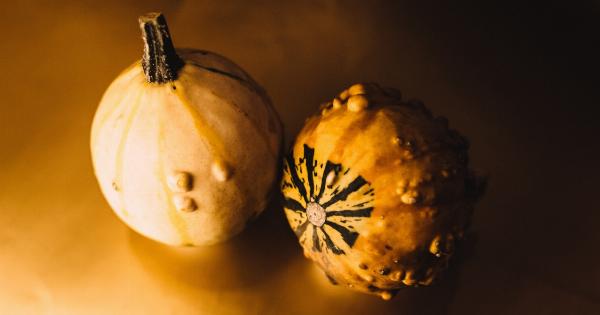Children are curious beings with vivid imaginations and an inherent thirst for knowledge.
They possess a unique perspective on the world around them, often shaped by their experiences, environment, and the beliefs instilled in them by their parents and society. As they grow and develop, children form their own beliefs, paving the way for a power struggle between their own thoughts and the influence of others.
The Role of Parents
Parents play a crucial role in shaping their children’s beliefs. From an early age, kids observe their parents’ actions, listen to their conversations, and absorb their values.
Whether it is religious, political, or moral beliefs, children often adopt their parents’ viewpoints as their own. As parents, it is essential to be mindful of the influence we have on our children and foster an environment that encourages critical thinking and individuality.
Social Influences
In addition to parental influence, children are also heavily influenced by their social environment. Peers, teachers, and the media all play a significant role in shaping children’s beliefs.
As children grow older, they become more influenced by their friends and classmates, seeking acceptance and approval. It is during this stage that peer pressure can heavily impact the beliefs children hold.
Religious Beliefs
Religion is one area where the power struggle of beliefs is often evident. Many children are raised within a specific religious framework, attending religious services, participating in rituals, and learning religious teachings.
While some children fully embrace the faith of their upbringing, others may question the beliefs taught to them or explore different religious perspectives. This exploration can lead to conflicts between a child’s own thoughts and the religious beliefs they have been taught.
Scientific Curiosity
Children are naturally curious, always seeking answers to satisfy their inquisitive minds. As they become exposed to scientific concepts in school or through media, their beliefs may be challenged.
Scientific theories and discoveries can clash with religious or traditional beliefs, often leading to internal conflicts. It is crucial for parents and educators to encourage an open-minded approach, allowing children to explore scientific concepts while appreciating the value of their existing beliefs.
Moral Development
As children navigate the world, they develop their own sense of morality. They begin to understand concepts like right and wrong, fairness, and empathy.
While some beliefs about good and bad are universally shared, others may vary based on cultural influences or personal experiences. The power struggle arises when children encounter conflicting viewpoints on what is morally right or wrong, leading them to reevaluate their own beliefs.
Cultural and Ethnic Influences
Culture and ethnicity contribute significantly to the beliefs children hold. Growing up in a specific cultural or ethnic community exposes children to unique traditions, values, and beliefs. These influences shape their identity and worldview.
As children interact with individuals from different cultural backgrounds, they may encounter conflicting beliefs. This exposure can lead to an expansion of their own beliefs or a reaffirmation of their cultural or ethnic faith.
The Influence of Media
The media, in its various forms, holds immense power over children’s beliefs. Television shows, movies, books, and social media can introduce children to new ideas, narratives, and perspectives.
These external influences often challenge children’s existing beliefs, either broadening their horizons or triggering the power struggle within. Encouraging media literacy and promoting critical thinking can empower children to navigate and evaluate the messages they encounter.
Gender and Identity
The development of gender identity and beliefs about gender roles is another area where a power struggle can occur. Society often presents gender stereotypes and expectations that may clash with an individual’s self-perception.
Children exploring their gender identity or challenging societal norms may find themselves caught between their personal beliefs and society’s expectations. Creating an inclusive and supportive environment can enable children to develop beliefs that align with their authentic self.
Peer Pressure and Conformity
Peer pressure is a powerful force that can significantly impact children’s beliefs. As children strive for social acceptance, they may conform to the beliefs of their peers, even if it contradicts their own thoughts.
The desire to fit in and avoid isolation often leads children to adopt beliefs they may not genuinely agree with. Nurturing a strong sense of self-confidence and encouraging independent thinking can help children resist negative peer influences.
The Importance of Dialogue and Understanding
In the power struggle of beliefs, open dialogue and understanding are key. Parents, educators, and society as a whole must create spaces where children can freely express their thoughts, question existing beliefs, and explore new ideas.
Encouraging respectful discussions and providing opportunities for exposure to diverse perspectives can aid children in navigating their own belief systems.
Conclusion
The power struggle of beliefs begins early in a child’s life and continues throughout their journey of self-discovery. This struggle between personal thoughts and external influences shapes the individuals they become.
It is crucial for parents, teachers, and society to support children in this process by fostering critical thinking, promoting understanding, and allowing them to develop beliefs that align with their own authentic selves.































